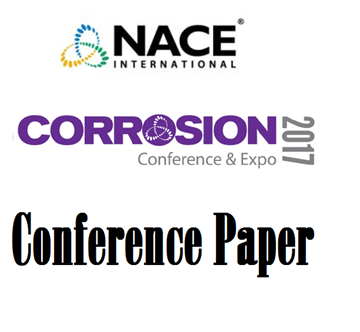Search
10178 Correlation of Hydrogen Flux & Corrosion Rate Measurements Carried out During a Severe Episode of Corrosion-Erosion Attributable to Naphthenic Acid
Also Purchased
51316-7392-Corrosivity Study of Sulphur Compounds and Naphthenic Acids under Refinery Conditions
Product Number:
51316-7392-SG
ISBN:
7392 2016 CP
Publication Date:
2016
$20.00
10353 Naphthenic Acid Corrosion of Mild Steel in the Presence of Sulfide Scales Formed in Crude Oil Fractions at High Temperature
Product Number:
51300-10353-SG
ISBN:
10353 2010 CP
Publication Date:
2010
$20.00
Safe Processing of Naphthenic Acid Opportunity Crudes Using Chemical Inhibition and Online Monitoring
Product Number:
51317--9067-SG
ISBN:
9067 2017 CP
Publication Date:
2017
$20.00




